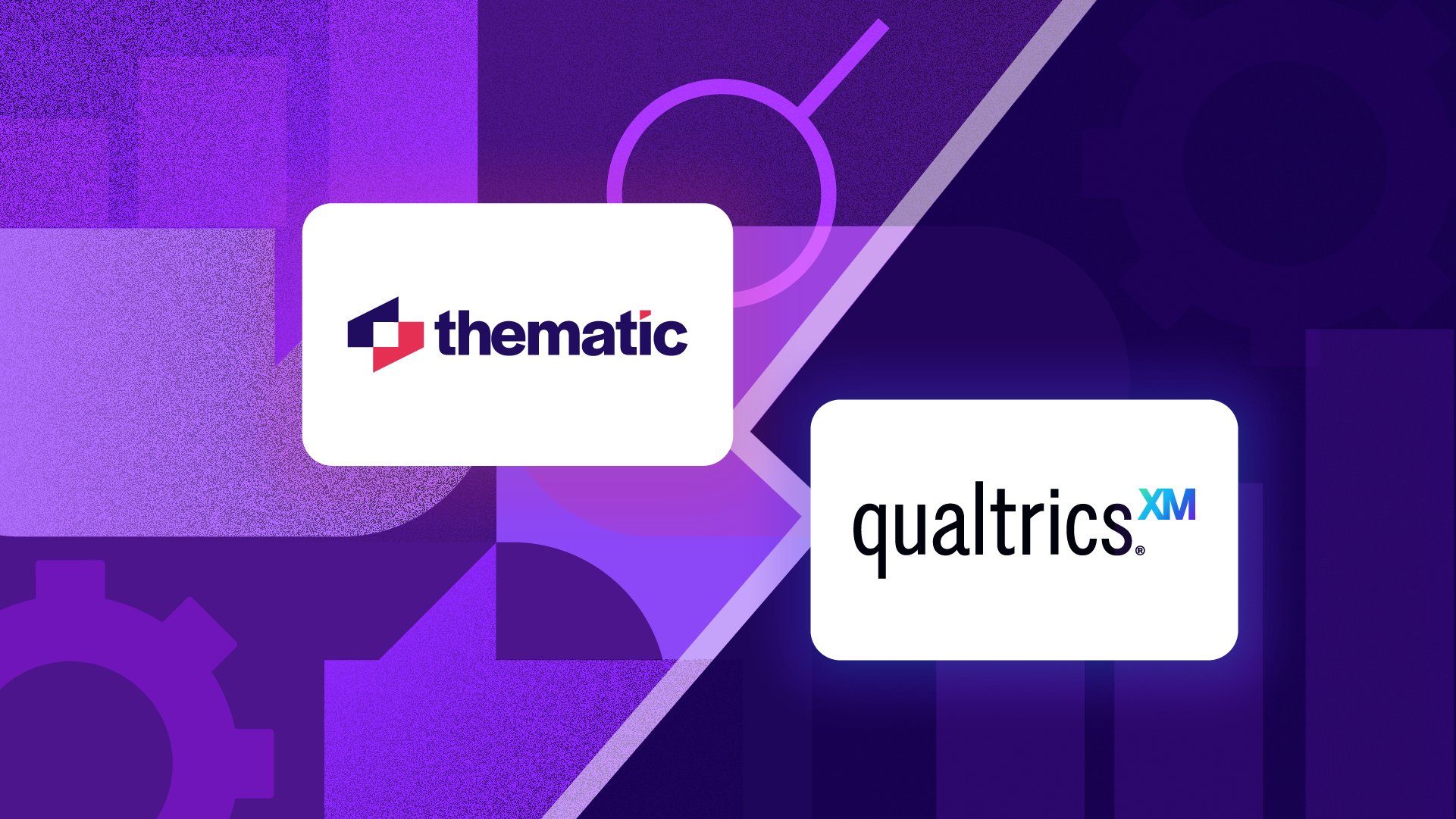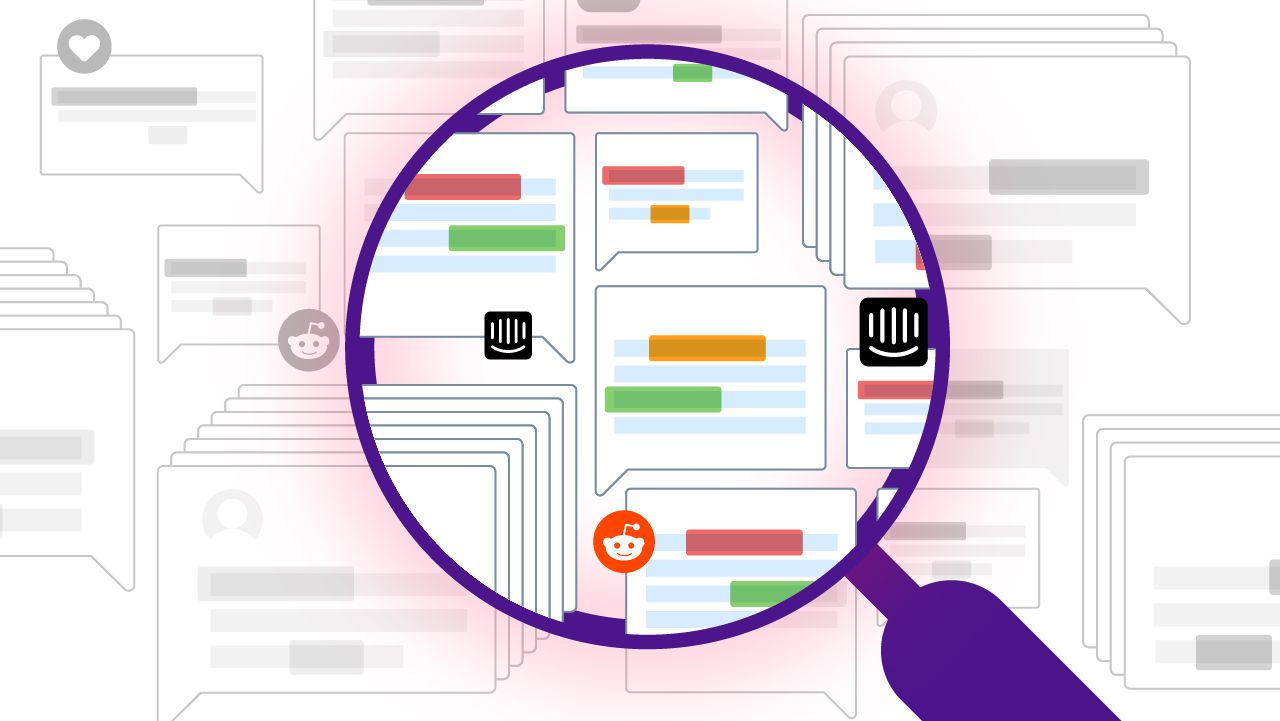
Text Analytics Software – How to unlock the drivers behind your performance
Many organisations, large or small, gather customer feedback to improve their CX efforts and ultimately their bottom line. But gathering feedback alone can’t make much of a difference. We need to analyze our feedback to discover insights that inspire us to drive action at our organisations. Enter; Text Analytics software.
Insights are derived from feedback analysis, not collection
There are many ways an organisation can collect feedback:
- Surveys,
- Feedback programs,
- Social media,
- Call centre calls,
- Emails,
- Chats,
- Bot interactions,
- and more!
They all have pro’s and con’s. Although surveys might be on hold during the current COVID19 environment, there are still many sources of customer feedback you can use. And now, more than ever, it’s important to understand how our customers think and feel, and what drives their actions. What keeps them awake at night?
While many organisations have realized the power customer feedback can bring to the Executive table, that feedback is often reduced down to a number or a score. NPS, CSAT, or CES.
While those scores are highly valuable in understanding how you’re tracking, they don’t give you any insight into why your customers chose to give you that score. Unless you follow up with and an open-ended feedback question. Why did you give that score? What can we do to improve your experience? What can we do better next time? That is where the gold lies!
The evolution of text analytics: Modern text analytic software capabilities
Back in the day, text analysis could be time-consuming as analysts had to read through customer feedback or other types of written text to decipher meaning. I know what I’m talking about; been there, done that! But with the ever-increasing volumes of data coming our way, this exercise becomes unsustainable.
Luckily for us, text analytics has evolved rapidly and now many CX/VoC vendors, and other social listening tools offer some sort of qualitative analytics capability. There are also businesses that are focused purely on offering best-in-breed text analytics software.
To discover what drives positive and negative experiences, and understand the story behind your numbers, you need more than pretty looking word clouds. AI algorithms now enable theme detection and analysis, sentiment analysis, and even emoji’s can be analysed these days.
Intent can now be recognised in text, e.g. if a customer is asking for help or for a recommendation, great text analytics software detects themes and sub-themes related to this, and the sentiment attached to each piece of feedback is individually being captured. A single sentence can uncover a whole universe of insights. And with technology backing up humans, we can quickly chew through large volumes.
The deeper the analysis goes, the more insights can be derived, and the better the quality of the insights. Imagine the time savings!
So why is text analytics software so important?
Our operational data and our survey scores tell us what is happening. If we want to understand why the what is happening, we need context. That context is provided to us by our qualitative data. Our customers tell us what drives their experiences, reflected in their scores (NPS, CSAT, CES) and actions (e.g. purchase, churn, etc.). If a customer had a great experience with an online purchase, they tell us what they liked about the experience. Likewise, if they had a terrible time trying to get help with an issue they encountered, they will tell us too.
Modern text analytics software capabilities also had a beautiful flow on effect for the research industry. Instead of asking pre-defined multi-choice questions in surveys, forcing customers to choose an answer the organisation thought was most relevant, and forcing customers down a path they may not agree with, we can now ask open-ended feedback questions.
Those open-enders allow us to capture customers’ ideas, perspectives and feedback in their own words. Allowing organisations to uncover nuggets of gold previously far out of reach as analyzing several open-ended questions was too time-consuming.
Many organisations started capturing qualitative feedback through feedback programs, social listening tools, call analytics, etc. It’s a waste of the customer’s time and the company’s resources not to use and act on the data. There are many solutions and players in the market with varying degrees of maturity in the qualitative feedback/text analysis space, make sure you select carefully.
If you capture a score through feedback programs such as interaction/touchpoint surveys or market research surveys, you would want to know the drivers behind that score. “Why is satisfaction dipping in May for the Auckland region?”, or “Why is our CES so high for online re-signs?” etc.
Combining your scores (the what) with your qualitative feedback (the why) provides you with the story to understand and explain the scores, or changes in scores. It also allows you to shed light on business matters such as churn.
Combining your experience data (text analytics and scores) with operational data such as channel information, store locations, call centres queue teams, and wait times even further enriches insights into what’s working for your customers and what isn’t.
Understanding the experiences your customers have with different touchpoints, interactions and channels is key to understanding the drivers of their behaviour. With quantitative data alone this cannot be achieved. We need context to tell the story, to ultimately drive loyalty and reduce churn, and improve the bottom line.
Stay up to date with the latest
Join the newsletter to receive the latest updates in your inbox.




